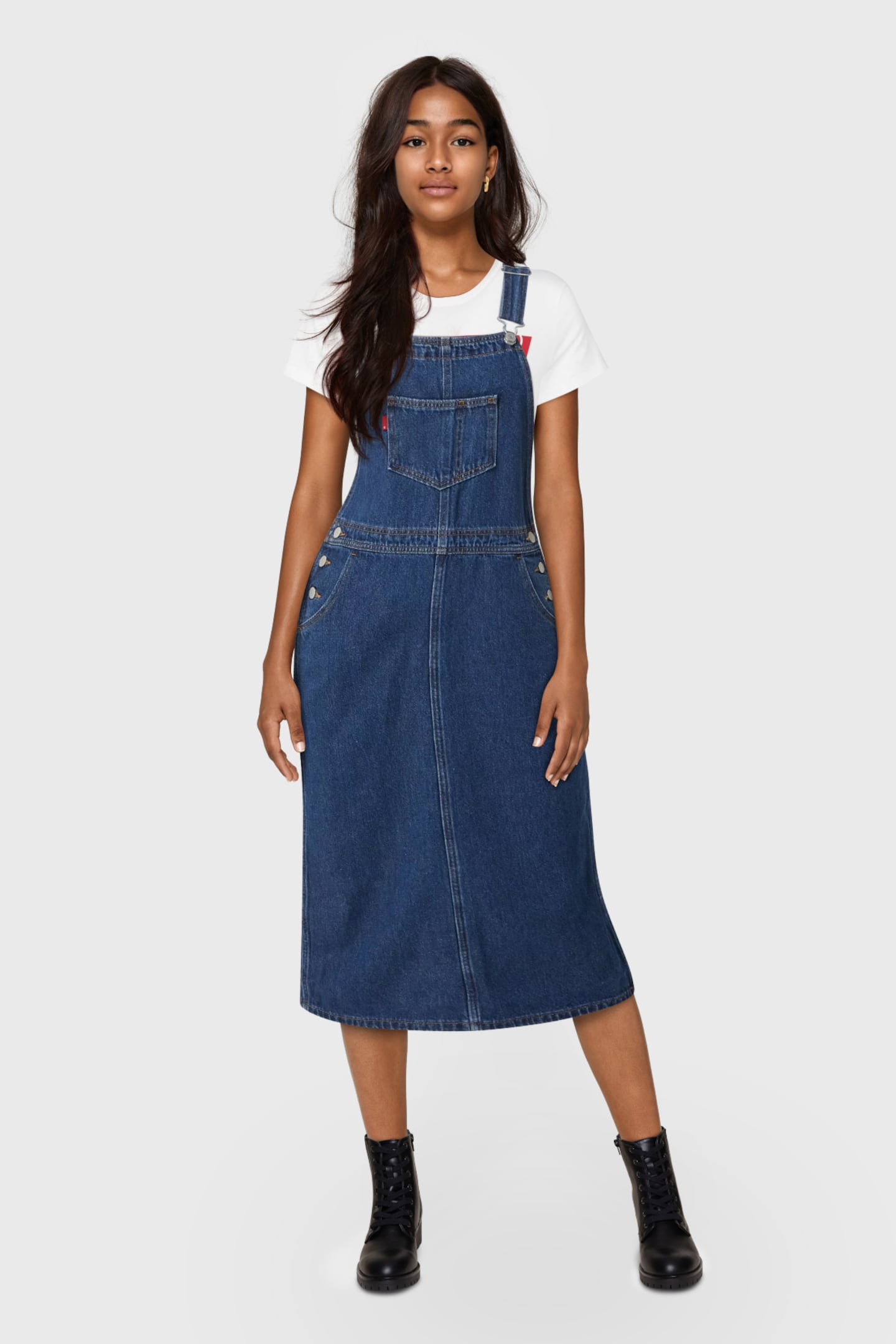
The Business of Fashion
Agenda-setting intelligence, analysis and advice for the global fashion community.

Agenda-setting intelligence, analysis and advice for the global fashion community.

Levi’s is adding a diverse range of new fashion models to its lineup, courtesy of artificial intelligence.
On stage at the BoF Professional Summit on Technology on Wednesday, Amy Gershkoff Bolles, Levi’s global head of digital and emerging technology strategy, announced the company will begin experimenting with AI-generated models on its e-commerce channels later this year to increase the diversity of models shoppers can see wearing its products. Levi’s partner on the project is LaLaLand.ai, a digital studio that creates customised AI-generated models.
The company plans to use the new AI models alongside its human models to add a greater mix of sizes and body types, ages and skin colours. The move might raise questions, however, as to why Levi’s doesn’t hire more human models with the diverse characteristics it’s seeking, particularly given the historical difficulty these models have had finding opportunities in the fashion industry.
“It would be impossible for us to have models that cover every combination of race, ethnicity, age, body size, body type,” Gershkoff Bolles said.
ADVERTISEMENT
Levi’s emphasised in a statement that it is still hiring diverse models and will continue to do so. The purpose of the AI models is to supplement, not replace, human models in order to create what it described as “a more personal and inclusive shopping experience.” Gershkoff Bolles also noted on stage that research shows customers are more likely to buy products when they see those products on a diverse set of models.
The partnership with LaLaLand.ai is still in its early stages and Levi’s is working out the details of how it will use the models, such as how many it might show for a single product or whether shoppers will be able to toggle through different model options. Bolles said they’re in the process of testing the technology and assessing what’s possible from a technical perspective as well as what’s best for the customer experience.
Virtual models aren’t completely new to fashion. Brands from Pacsun to Balmain have enlisted virtual influencers and models such as Lil Miquela and Shudu Gram for campaigns. But while those examples were obviously computer-generated, the point of Levi’s models is to be hyper-realistic and indistinguishable from their human counterparts. Gershkoff Bolles said only recently has the technology advanced to the point that computer-generated models can appear truly lifelike.
Levi’s itself has leaned heavily into AI in recent years, integrating it into behind-the-scenes tasks such as setting prices and merchandising stores while also running an AI bootcamp for employees. The new initiative will put Levi’s belief in AI directly in front of consumers.
The city’s designers have long been at the forefront of promoting size inclusivity, but cast noticeably fewer “curve” models this season. One theory: the rise of Y2K style is bringing back the era’s body standards as well.
Virtual influencers had faded from fashion campaigns, but now amid all the metaverse hype they’re popping up again, with Prada and Pacsun turning to virtual faces.
A wider variety of people are able to become models today, and there’s more opportunities than ever to book jobs. But with that has brought increased competition and even diminished pay days.

Marc Bain is Technology Correspondent at The Business of Fashion. He is based in New York and drives BoF’s coverage of technology and innovation, from start-ups to Big Tech.
TikTok’s first time sponsoring the glitzy event comes just as the US effectively deemed the company a national security threat under its current ownership, raising complications for Condé Nast and the gala’s other organisers.
BoF Careers provides essential sector insights for fashion's technology and e-commerce professionals this month, to help you decode fashion’s commercial and creative landscape.
The algorithms TikTok relies on for its operations are deemed core to ByteDance overall operations, which would make a sale of the app with algorithms highly unlikely.
The app, owned by TikTok parent company ByteDance, has been promising to help emerging US labels get started selling in China at the same time that TikTok stares down a ban by the US for its ties to China.